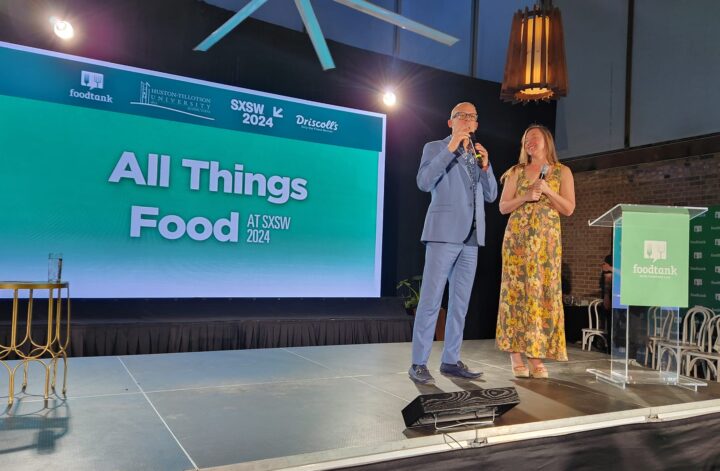The Rory Meyers Children’s Adventure Garden was one of my favorite destinations here in Dallas. I hadn’t been to the Dallas Arboretum since they had open this new section and I was really looking forward to seeing what all had been built in terms of the exhibits.
I was more than impressed with the interactive exhibits, the overall landscape architectural design and outdoor/nature educational features of the garden. The adventure garden was divided into different sections with specific themes, all of which revolve around nature or some aspect of sustainability or the Texas environment.
I highly recommend visiting the Rory Meyers Children’s Adventure Garden just to see and experience all the exhibits to have a deeper appreciation for the craftsmanship of landscape architecture/design and better understand our native ecosystem – featuring both plants and animals local to the area.
The Incredible Edible Garden highlighted the various uses of vegetables and other plants used within society for many uses like ethanol from corn, grains for our favorite cereals, as well as vegetables that can be composted. This section also had interactive exhibits highlighting vegetables and their characteristics, and several vertical hydroponics towers.
“Vegetables, grains and interactive exhibits help children, particularly urban children, learn that food comes from plants. In this garden, they learn about good nutrition, the multicultural aspects of food and economic botany.”
The Earth Cycles exhibit was all about meteorology, geology and astronomy. I really like this section, but it wasn’t one of my favorites. It was really interesting to see the different layers of the Earth with one of the exhibits, as well as explore the exhibits on the planets and the lunar cycles.
“There are many interactive exhibits that teach weathering, erosion, decomposition, water cycle patterns, interactive weather forces, and the interactions of the sun, moon and earth.”
One of the more interesting exhibits in the garden was the Texas Native Wetlands. It featured plants native to Texas wetlands, which served for riparian purposes, and a collection of carnivorous plants. What was also really interesting in this area were the native animal sculptures and an interactive skull display. The display featured a flip chart of characteristics related to the skulls. There was an educational patio with a green living roof on top of a simulated Texas wetland where classes are held throughout the year for children.
Probably one of the most interesting exhibits in the entire garden was the T. Boone Pickens Pure Energy area. This section featured various forms of energy from wind, solar, and water with hands-on exhibits for the children – and frankly it was fun for adults too! There were water guns that you could shoot to power rotating optical illusions, and across the pond were hydro-powered gizmos and wheels in a connected series that you have the power to turn on and off.
The Texas Skywalk was really cool too! It led to a bird’s nest pavilion which overlooks White Rock Lake and the entire Children’s Garden. Continuing on the skywalk, it leads to Tom Tom’s Bridge – a simulated hollowed-out tree that features educational facts on what animals lived in dead trees and the overall decaying process.
“An elevated walk that’s 240 feet long through the tree canopy in the heart of the children’s garden, The Skywalk invites visitors to discover the benefits of trees and demonstrates what lives in the treetops.”
Throughout the garden there were tons of educational exhibits – from displays to rolling carts – that people can interact with. There were also several simulated habitats along the walking trails leading to outdoor learning areas, like a giant bird’s nest auditorium.
At the center of the children’s garden was an indoor educational center that features regular classes for children on nature.
“This 9,100-square-foot building employs innovative exhibits and interactive technology to engage children in all aspects of life and earth science exploration. Features include a plant lab for experiments, smart tables, CSI Mysteries to solve, a soil lab and the signature feature, the OmniGlobe.”
The Kaleidoscope area highlights math, science, and art as applied to nature. While this area wasn’t the most exciting, it was really interesting because of its approach with S.T.E.A.M. learning applied to nature. One of the highlights of this section was a giant Kaleidoscope that could be manipulated to see different colors and patterns!
Continuing through the Children’s Garden, I came to the “Petroglyph Section” – which are similar to hieroglyphs, but were carved into stone by Native Americans. (Something I’ve seen throughout my travels in the U.S.) The trail lead me to the “Plants are Alive” exhibit, highlighting larger-than-life plants in pots and how they live by soaking in water and the science of how they grow. The trail continued on to the “Moody Oasis,” a rooftop garden above the educational center serving as a sitting area for guests as well as a habitat for local animals and pollinators. Overall these three sections were very impressive, but I just took a limited amount of photos.
The last sections of the Children’s Garden I visited were the “Living Cycles” exhibit and the “Secret Garden.” The Living Cycles area was dotted with displays and interactive features highlighting the life cycles of seeds and pollination. These displays went into details on how seeds are spread and germinate, either by elements in nature or by animals/insects.
The Secret Garden was a very tall hedgerow maze with a Medieval theme. Once you’ve navigated the maze, passed the interactive stations, you wind up walking through a row of misting dragons to a sword in the stone! (And if you read the hints carefully, a few steps away is a very small fairy garden tucked away near the base of a tree.)
If you’re interested in landscape architecture or landscape design, or are generally interested in anything green, sustainable, or environmental here in Dallas — I cannot recommend enough going to the Rory Meyers Children’s Adventure Garden at the Dallas Arboretum.
(Be sure to bring someone with you or children so you don’t feel out of place and weird out parents!)
Resource List:
- Rory Meyers Children’s Adventure Garden Website
- Rory Meyers Children’s Adventure Garden Map
- Dallas Arboretum YouTube Channel
- Rory Meyers Children’s Adventure Garden (ASLA Blog)
- The fabulous new Rory Meyers Children’s Adventure Garden grows with your child (Dallas News Article)






























































